CRISPR has become more powerful, thanks to the "switch"
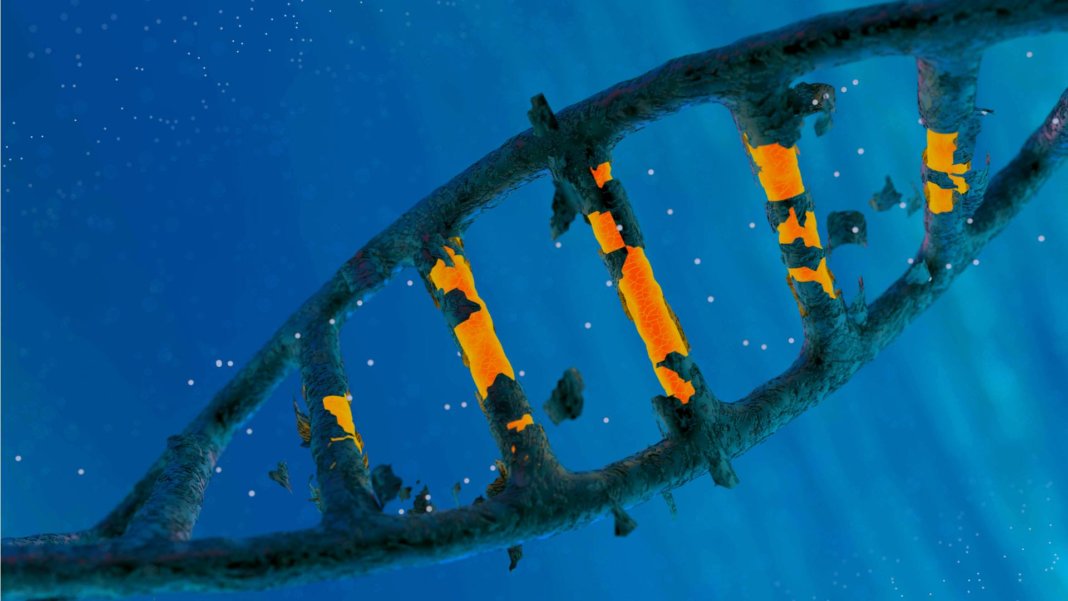 Source:
Source:
For all its stunning ability to edit the genes, mechanical CRISPR resembles a power tool with a broken switch. Just think about it: the whole mechanism of the CRISPR built in a test tube, and after completion he was always active, enabled, working. After the introduction of animals or people, CRISPR begins to wander throughout the body in search of the target gene that needs to edit or to destroy, until you lose power and not metabolized by the body.
The weakening of the control of molecular tools, obviously not the perfect solution: he can be overzealous and break non-targeted genes. And if something goes wrong, there is no immediate way to turn off the engine before it will cause damage.
Earlier this month, the team from the University of California at Berkeley tried to tame the beast CRISPR. Using the technique of circular permutation, the team reorganized into a programmable CRISPR tool ProCas9 that quietly hides in the cells, until he was awaken by external factors — for example, viral infection.
This "additional security" restrict editing skills CRISPR a subset of cells "for cutting," says study author Dr. David savage.
Moreover, ProCas9 can potentially respond to a logical input, such as "and" or "no", which means that it will be activated only under a specific set of instructions — for example, "this cell is cancer" or "this cell is infected" will lead to the answer "to sacrifice", which activates CRISPR and give him instructions to cut the genes necessary for survival. The study was published in the prestigious journal Cell.
theTake control of CRISPR
Let's slightly refresh your memory: CRISPR as a tool for editing genes that actually represents the molecular Duo. The first part, a guide RNA, it is tiny bloody hounds who are looking for the target gene.
Once a gene is captured, the second component Cas9 — activated to perform the cutting. In contrast to the guide RNA, which consist of letters, Cas9 is a protein. With this component, I decided to play scientists from Berkeley.
"the Broad objective of our work is to tame and to use people and to remove unnecessary things that are not related to editing the genome," says savage.
What can you do with protein? Imagine a very long chain of numbered balls (amino acids), crumpled in a complex three-dimensional structure. Cut the chain and can re-arrange the beads so that their position on thread differ from the original, and put them in a knot or two when re-connecting the protein filament.
It is, in fact, made the team. This trick is called a "circular permutation" and converts the source protein so that it has a new beginning and end — and it folds in a different form. It's a huge operation at the molecular level, which usually destroys the function of a protein.
The Authors say they were not sure that would work with something as complex as Cas9.
Surprisingly, Cas9 was almost a test. The team tried to cut it at numerous points before you find cuts that preserve the function of the protein, but in 10% of cases rebuilt Cas9 worked almost the same as the original.
There is one smart thing: when you reconnect the protein strands, the team slipped into a molecular "gate", a small linker which blocked the cutting ability of Cas9, if the linker has not been broken.
What broke the chain? A set of enzymes, called proteases.
theProteotoxicity linker
Think of protease as scissors for tiny protein that float in the body. Their whole family: good help us digest our steaks and beans. But there are bad ones. Cancer cells, for example, pumping your own "evil" protease, which break the surrounding tissues, promoting their growth. can also secrete viral protease that is often required for their penetration in multiple cells and tissues. Zika and dengue are among those using protease as a weapon, and proteases from the infecting plant viruses help to contaminate potatoes and other crops.
But the protease does not cut at will. Rather, each of them is designed only for a small number of amino acid sequences — the "zip codes" that it recognizes and cuts.
This means that the team can put a certain zip code, corresponding to a specific protease — for example, from cancer cells into a Cas9 protein as a linker. Thus, the linker will be cut only in cells that have this specific protease, and therefore will be included only in these cells. Depending on the guide RNA, the team can design CRISPR activated to cut the genes necessary for survival — and thereby kill the cancer cell.
In this sense, the new Cas9 proteins, called ProCas9 ("pro" because of the "protease"), turn into a tiny spy machines that become deadly after activation.
theKiller-altruist
To test the concept, the scientists introduced infected cells Zeke your new ProCas9, equipped with a guide RNA, trained to search for genes that support the life of cells.
Just a week the new CRISPR system destroyed the infected cells as "altruistic protection." Healthy cells remained alive and intact.
It showed that the system remained quiet inpeacetime, thus limiting genomic damage to the owner, said the authors.
In certain experiments the system ProCas9 worked just as well, sacrificing infected with West Nile virus cells.
"Although it is a very early proof of concept, it demonstrates the idea that this can be a synthetic immune system," says study author Benjamin oaks. "We have created a protein that detects a latent threat that can be programmed to believe anything."
The CRISPR system is unlikely to interfere with our immune system. Another advantage of the restructuring of the protein is that its new ends to better carry loads, such as other DNA modifying enzymes or indicators, glow in the dark.
If Cas9 got a new superpower that allows us to track where in the cell is a protein or change the expression of certain genes, instead of directly spoiling our genetic material.
The Team from Berkeley had already provided several use cases. ProCas9 will be useful for molecular screening or drug discovery. Or it may restrict the circumcision of DNA defined cells "after editing the overall delivery of the complex to the target tissue or organ" that will greatly enhance the security profile of the tool, especially in clinical settings.
But the most interesting thing about this is that we are not tied to the mechanism of CRISPR, which nature has endowed us. These proteins can be carefully optimized and put in frames, not found in nature, but with the necessary properties for use in human cells, research or treatment, says savage.
And what of the application of the new instrument see you? Tell us about it in our chat
Recommended
Can genes create the perfect diet for you?
Diet on genotype can be a way out for many, but it still has a lot of questions Don't know what to do to lose weight? DNA tests promise to help you with this. They will be able to develop the most individual diet, because for this they will use the m...
How many extraterrestrial civilizations can exist nearby?
If aliens exist, why don't we "hear" them? In the 12th episode of Cosmos, which aired on December 14, 1980, co-author and host Carl Sagan introduced viewers to the same equation of astronomer Frank Drake. Using it, he calculated the potential number ...
Why does the most poisonous plant in the world cause severe pain?
The pain caused to humans by the Gimpi-gympie plant can drive him crazy Many people consider Australia a very dangerous place full of poisonous creatures. And this is a perfectly correct idea, because this continent literally wants to kill everyone w...
Related News
Breakthroughs in medicine and biotechnology that we expect in 2019
2018 was very cool for science. From the woman who gave birth with transplanted uterus, to the infamous scandal with children CRISPR and criminology, using genealogical tests to track down criminals last year, we never ceased marv...
The most ancient stone of the Earth was discovered... on the moon
Analysis of the lunar soil brought back by astronauts of mission "Apollo-14", showed the presence of one of the samples of particles of minerals, whose origin is an international group of scientists from Sweden, Australia and the ...
Special camera showed how birds are guided in the trees
have you ever Wondered how birds manage to live and raise Chicks in the dense foliage of tall trees? Most of them , perfectly distinguish red, green and blue colors, but their vision is one feature that allows them to easily navig...
Scientists have debunked the myth of the relation between solar activity and climate change
the North Atlantic oscillation (NAO) or periodic large-scale climate changes in the Northern hemisphere of our planet do not depend on solar cycles. To such conclusion came from a team of American and canadian scientists, tried to...
The earth is under the eye of a supermassive black hole: should we be afraid?
the Supermassive black hole Sagittarius A* at the center of our galaxy, not only sucks in nearby objects, but also emits powerful radiation. Scientists have long tried to see these rays, but they interfered with the ambient light ...
The main type of wood affects the sound of the guitar?
Many musicians would say that acoustic guitar is capable of producing good sound only if it is made of the "right" tree. They usually involve an expensive wood, which is made from threatened extinction of trees. A new study sugges...
We don't do smart kids with CRISPR. Because I can't
Experts in the field of genetic research suggest that our worst fears about editing genes won't come true, because it's too difficult to implement. You see, one of the main concerns that cause the public method of editing genes is...
Human bones found previously unknown type of blood vessels
Previously, scientists found a lot of evidence that within the human bone has a complex system of circulation. If it was not, whereas, for example, emergency injections in the bone marrow wounded soldiers so quickly helped them ge...
Scientists: the immune system depends on the mathematical theory of chaos
the human body much is known, but the immune system is still under a veil of mystery. It would seem that it works as a well coordinated mechanism, but no — scientists have found that in its processes an important role is played by...
Russian scientists: Apophis could fall to Earth in 2068
In 2068 on the Ground can fall off the asteroid , says a report prepared by scientists of the Department of celestial mechanics St. Petersburg state University. The report are going to be on the Royal readings, which will be held ...
One more mystery found in fish that live in the "dead water"
In the nature there are special type of creatures called extremophiles. They differ from all other animals that can survive in extreme conditions, for example, in extremely hot places, or very salty waters. Scientists have discove...
The mystery of the Solar system: what causes the anomalies in the orbits of TRANS-Neptunian objects
somewhere in the far reaches of the Solar system beyond the orbit of Neptune, something weird is going on. A few small celestial bodies demonstrate the behavior that is not characteristic of other objects in our system, scientists...
Why anxiety affects the weight of the body: the response of scientists
I'm Sure many have noticed that when excessive anxiety a person begins to lose weight. Still no one could give this phenomenon a full explanation, but scientists from the research Institute of SCRIPPS found that the root cause is ...
A nearby supernova could destroy large animals millions of years ago
Despite the fact that floating in the void, she is not in a vacuum. The planet is constantly bombarded with all sorts of things from space, including a daily stream of micrometeorites and the radiation flux of the Sun and more dis...
The best place to search for dark matter can be the bowels of the Earth
Nearly two dozen underground labs around the world, lined with vats of liquid or blocks of metal and semiconductors, scientists are looking for traces of dark matter. Their experiments are getting harder and harder, and the search...
In "lost" lake in Antarctica found the remains of life
Reveal the secrets hidden in the history of the planet , can only be the work of many research groups. Each of them does their job — for example, SALSA was carefully studying the lake, hidden under thick layers of Antarctic ice. I...
For the land we will have self-driving cars. As for the seas?
Drones. Self-driving cars. Flying robotaxi. If you believe the headlines of the last few years, ground transportation in the future will replace the robotic coaches, and fixtures, requiring virtually no human intervention, unless ...
Scientists have created a robotic copy of ancient reptiles
Paleontologists around the world are trying to learn as much about the animal world of the past. They are trying to learn how animals looked, what they eat and how they move. Scientists from Switzerland and Germany took a big step...
On the moon killed the first plant
news Agency "Xinhua" with reference to the Chongqing University scientists reports that a single seed of cotton grown inside a special sealed capsule, delivered by the spacecraft "Chang'e-4" on the surface of the back side of the ...
We will all die from ice? Antarctica is melting before our eyes
the Problem of global warming , but recent studies by American and Dutch scientists are forced to look at it entirely from a different angle. According to the results published in the Proceedings of the National Academy of Science...



















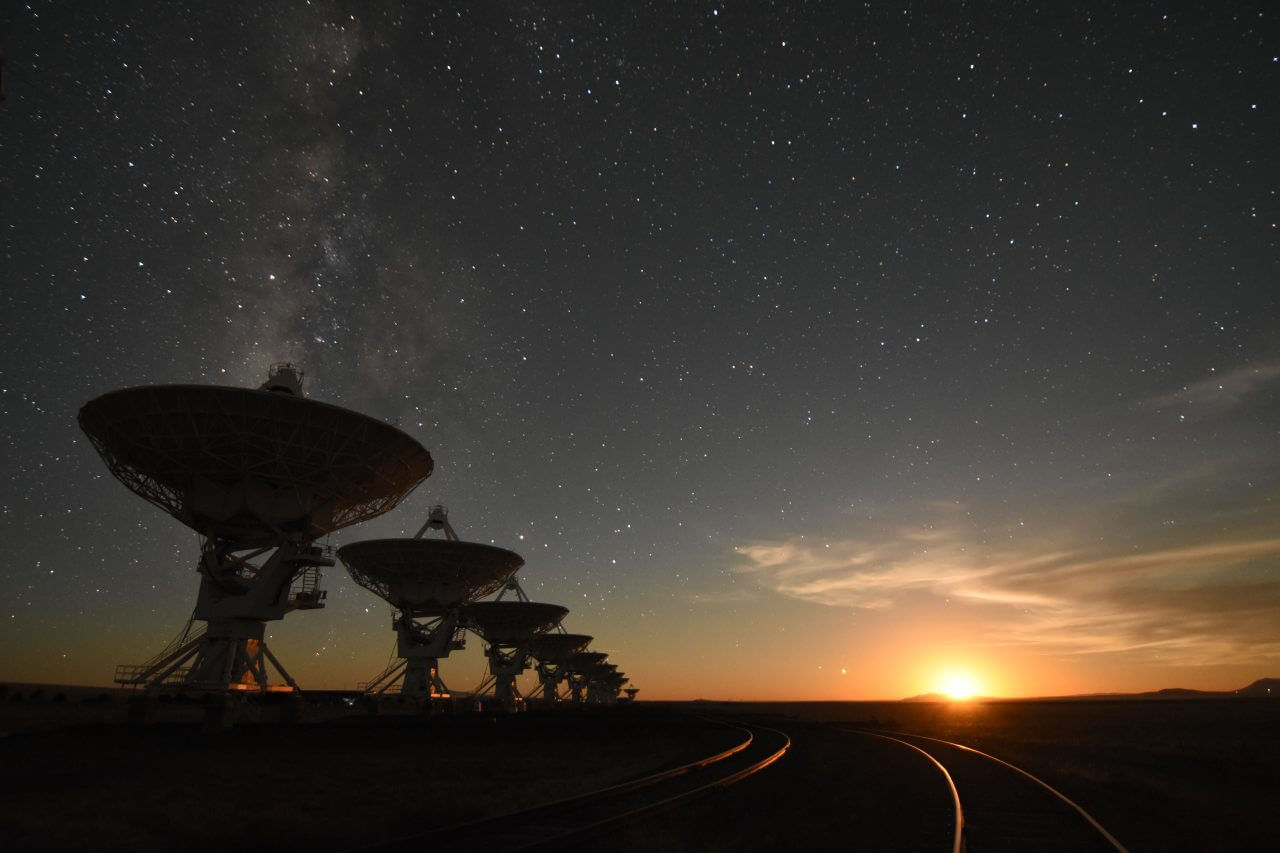
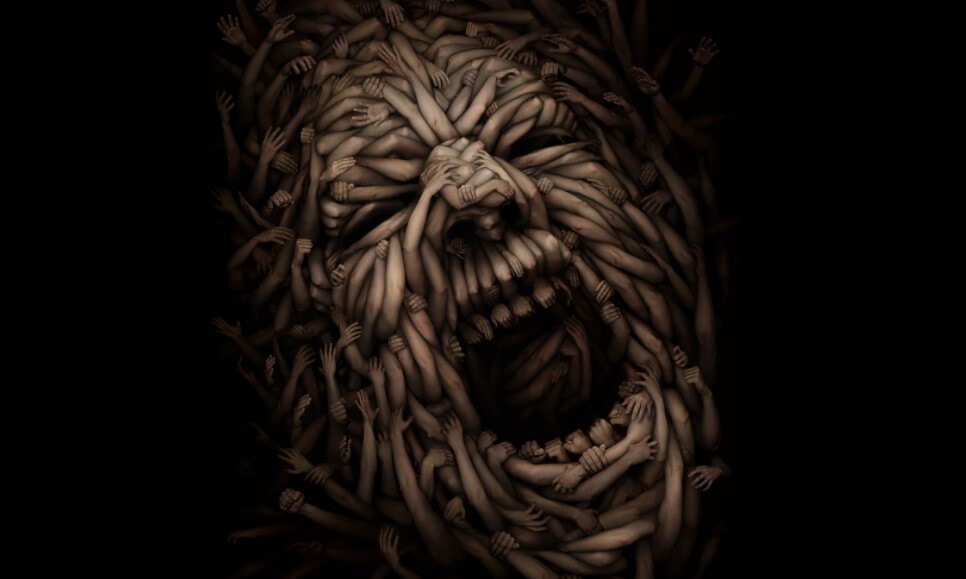
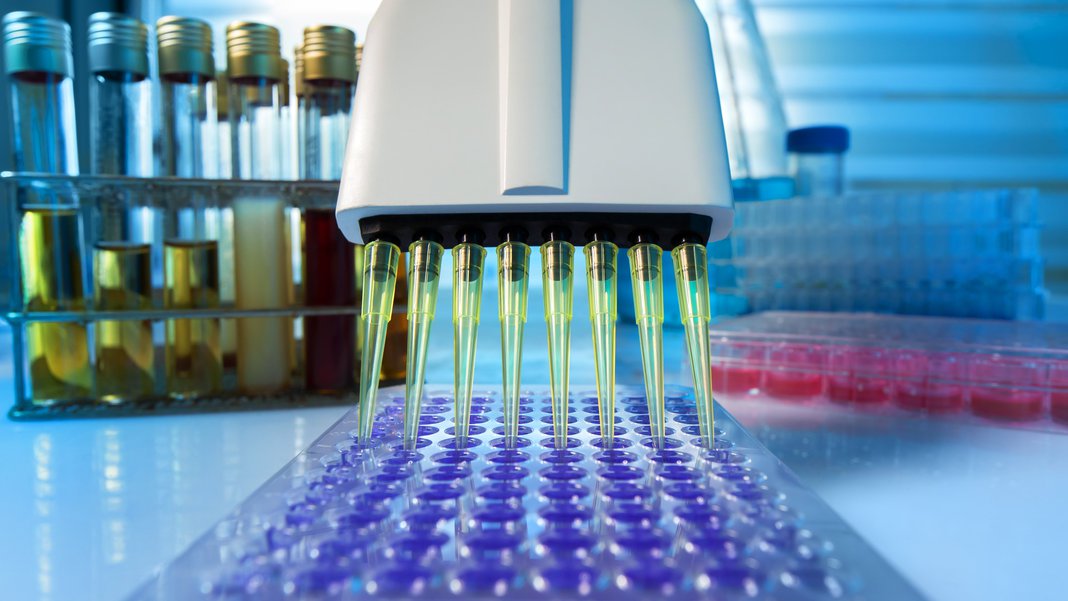






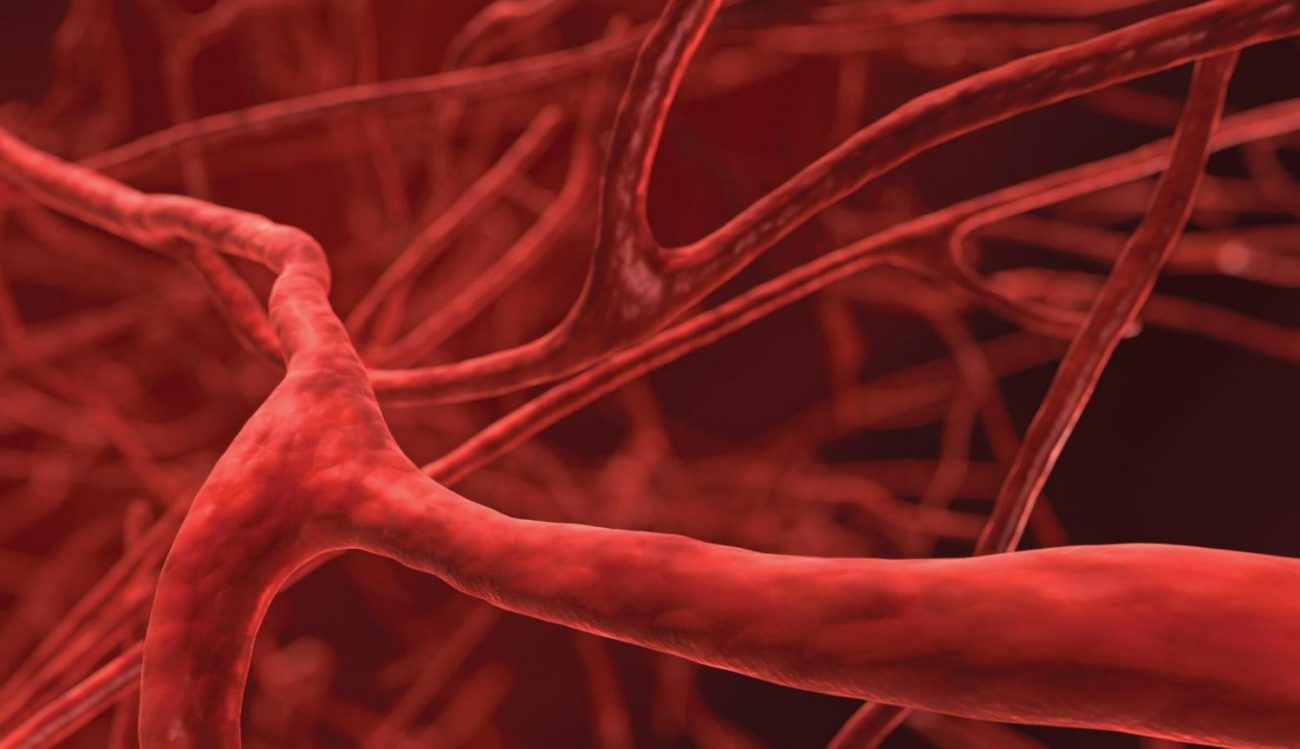
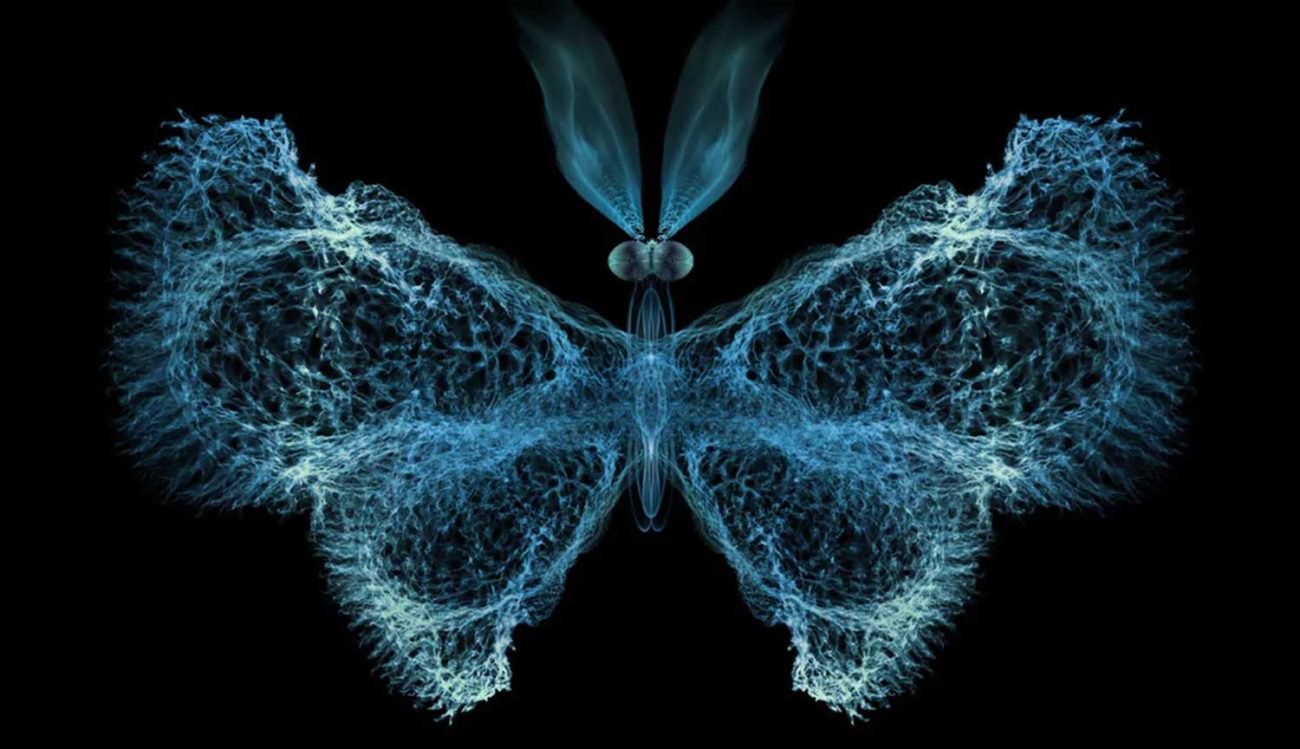

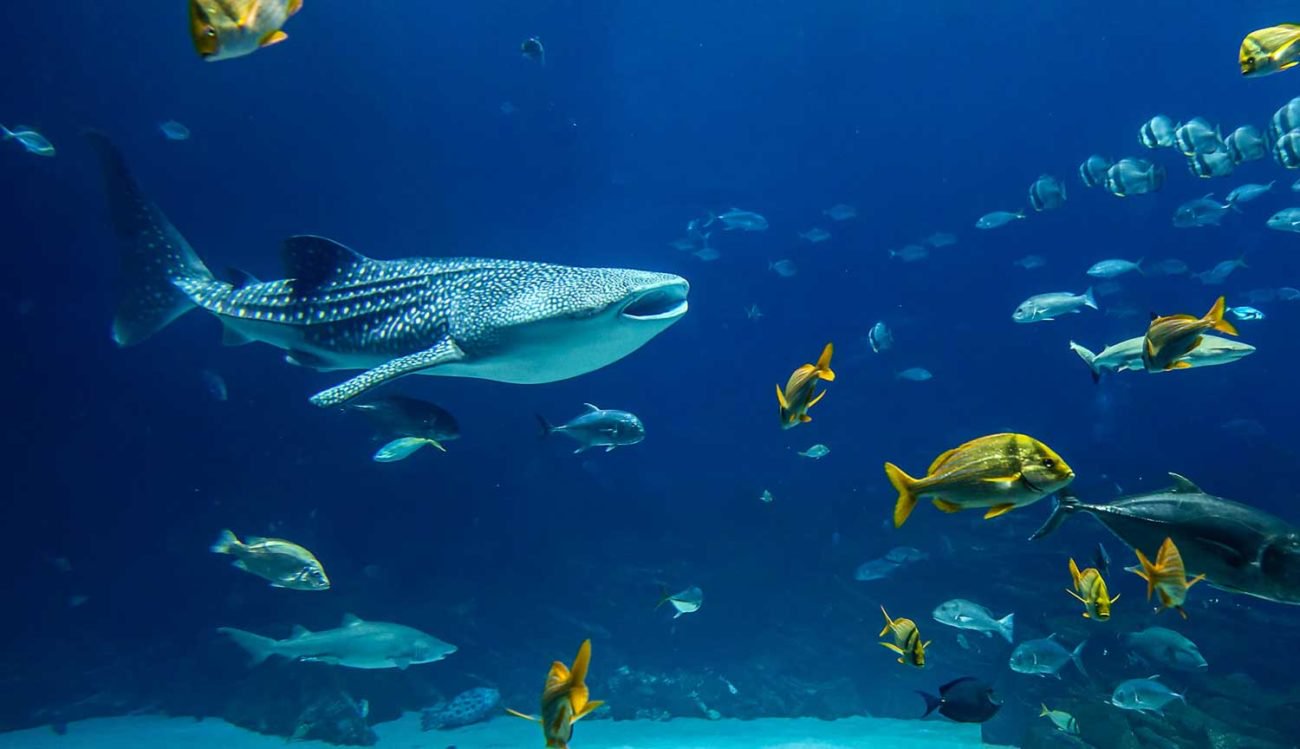


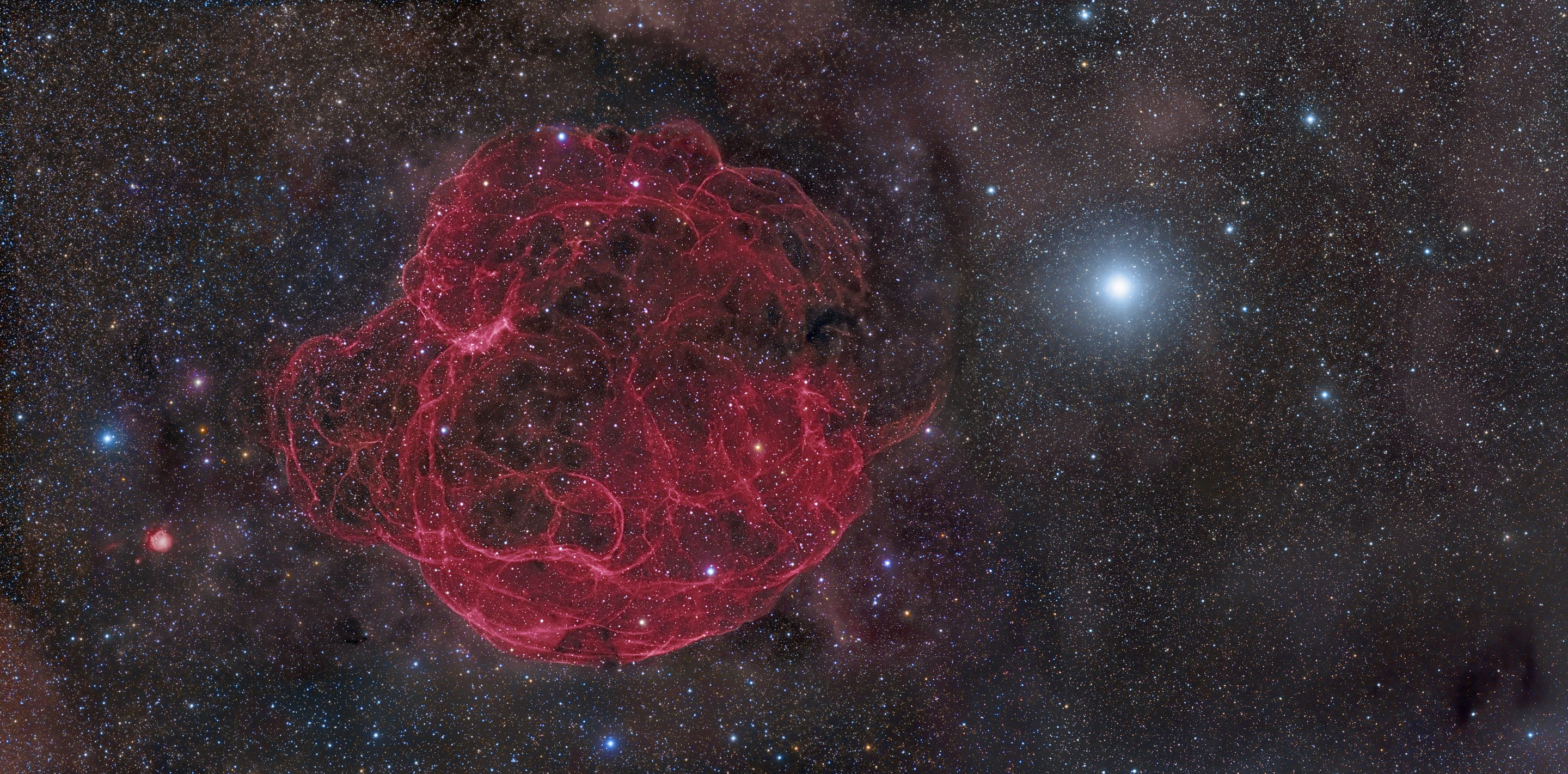
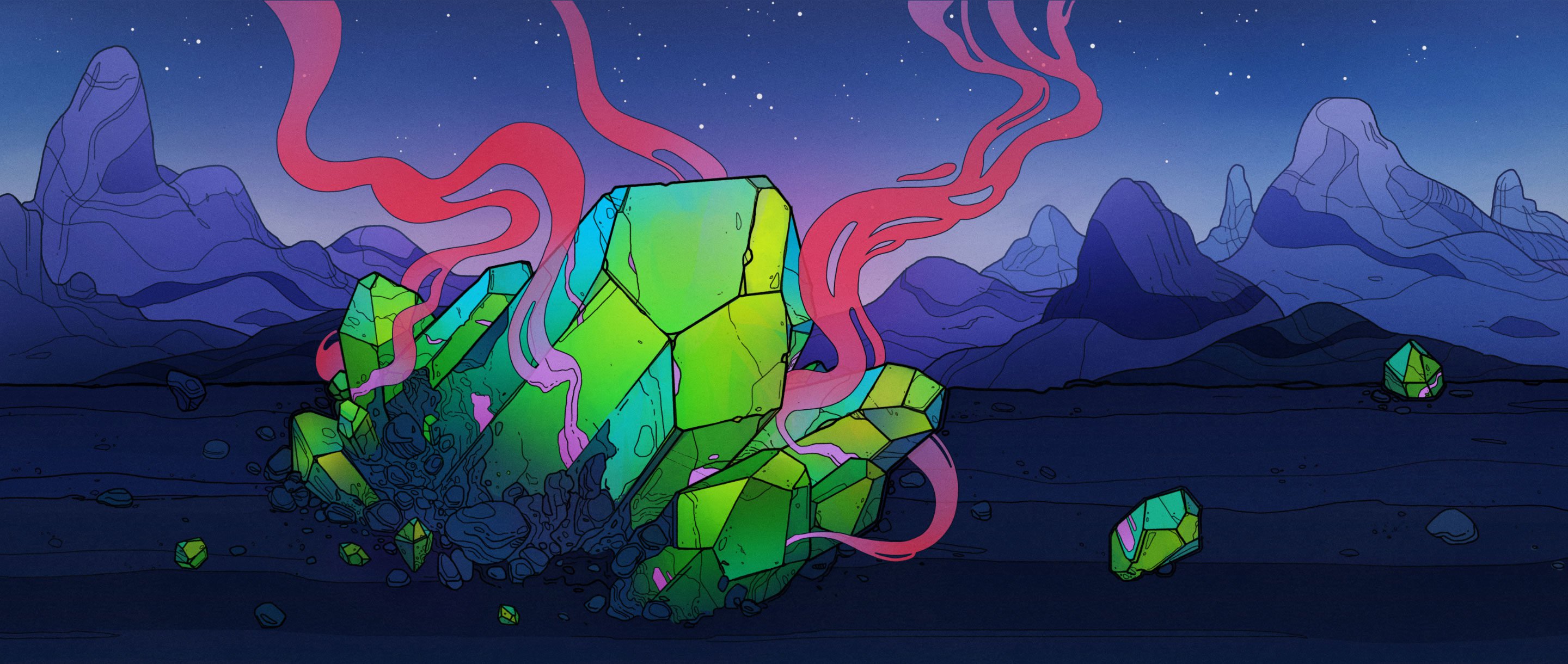


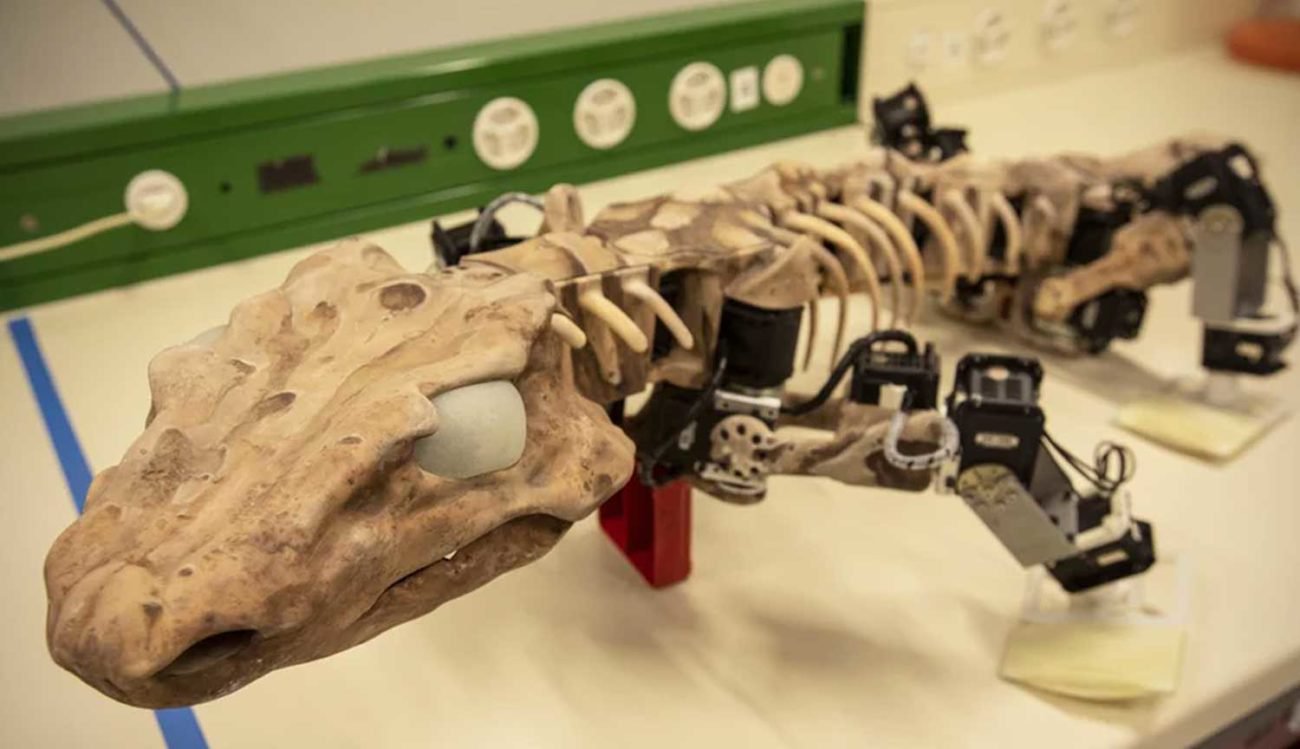
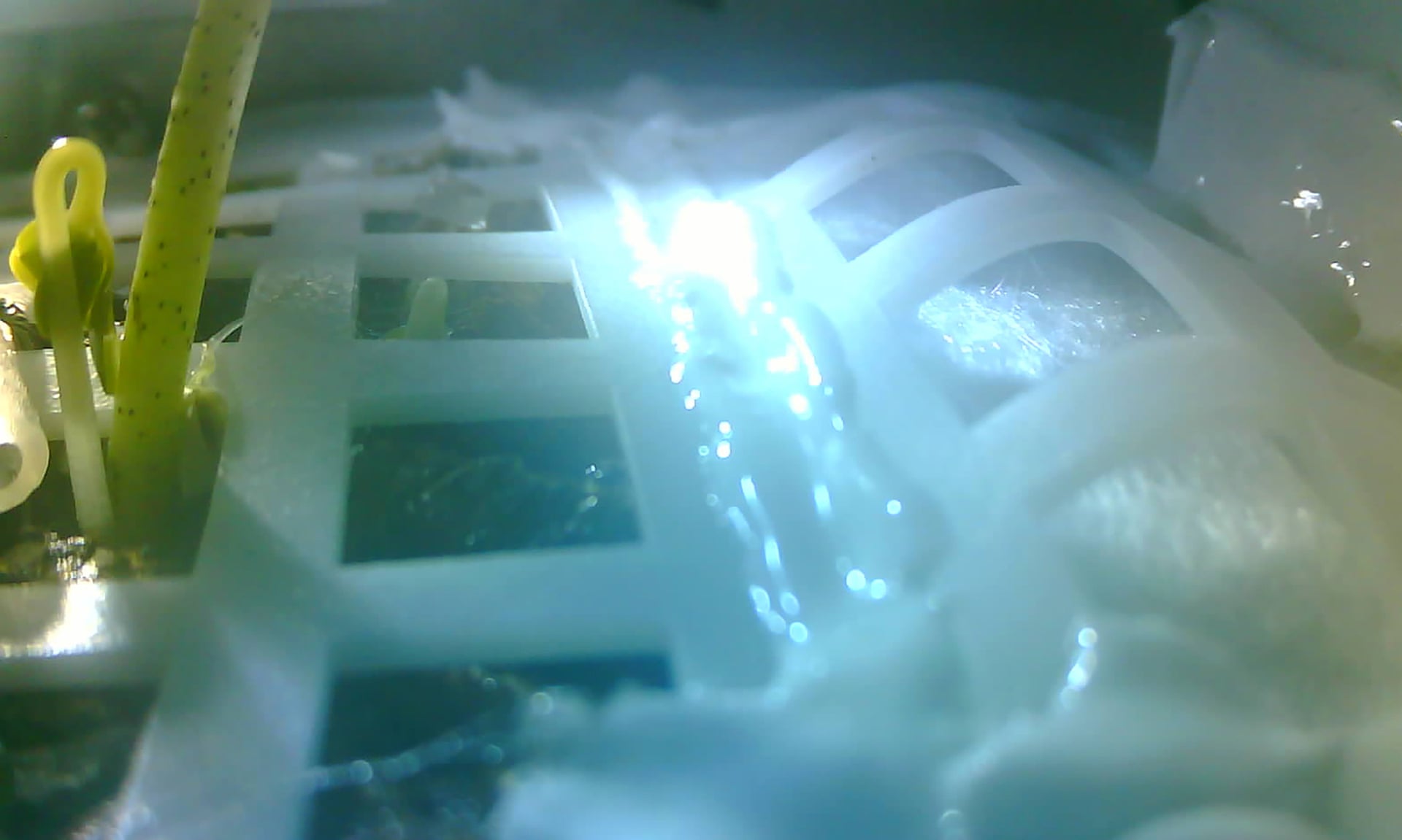

Comments (0)
This article has no comment, be the first!